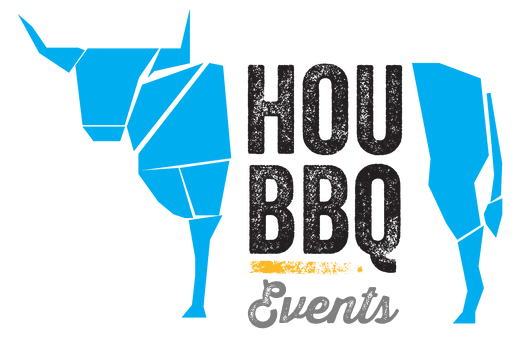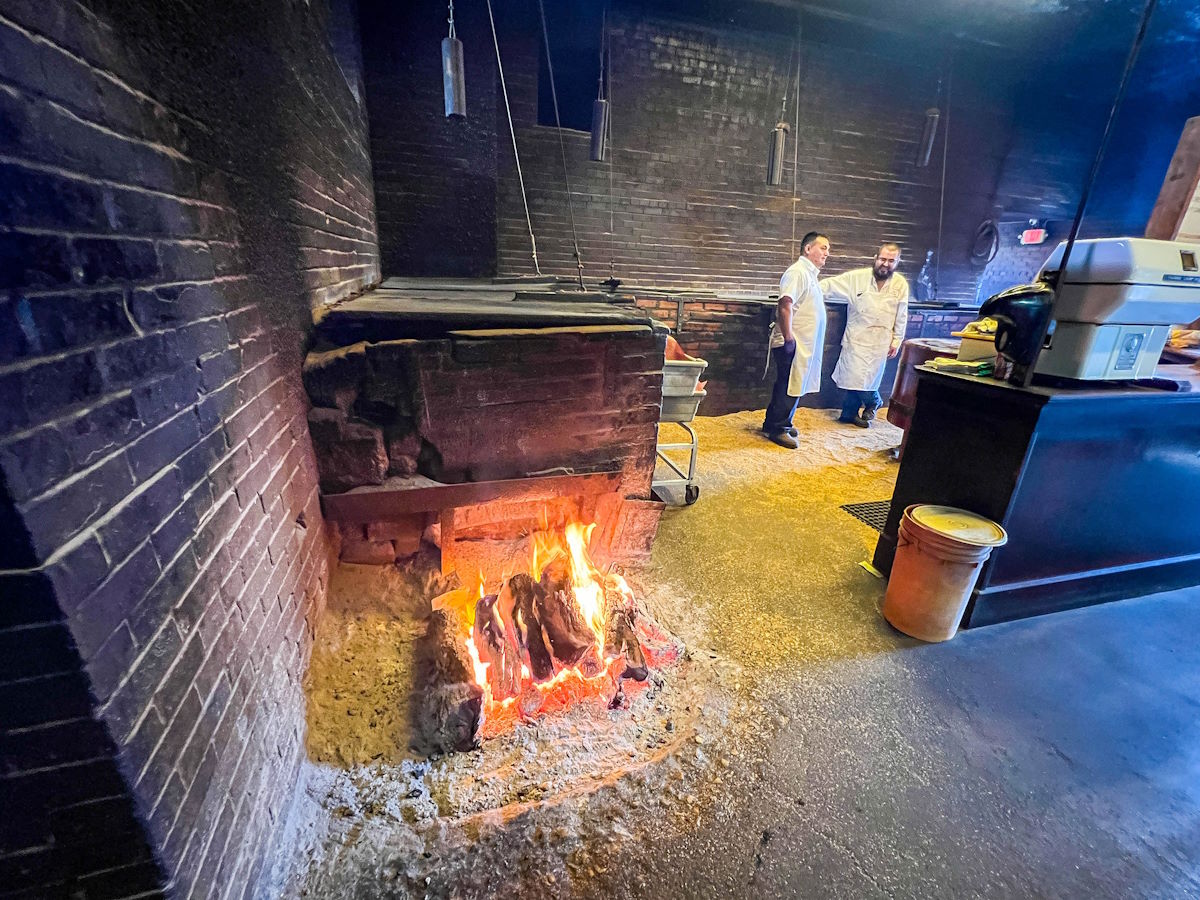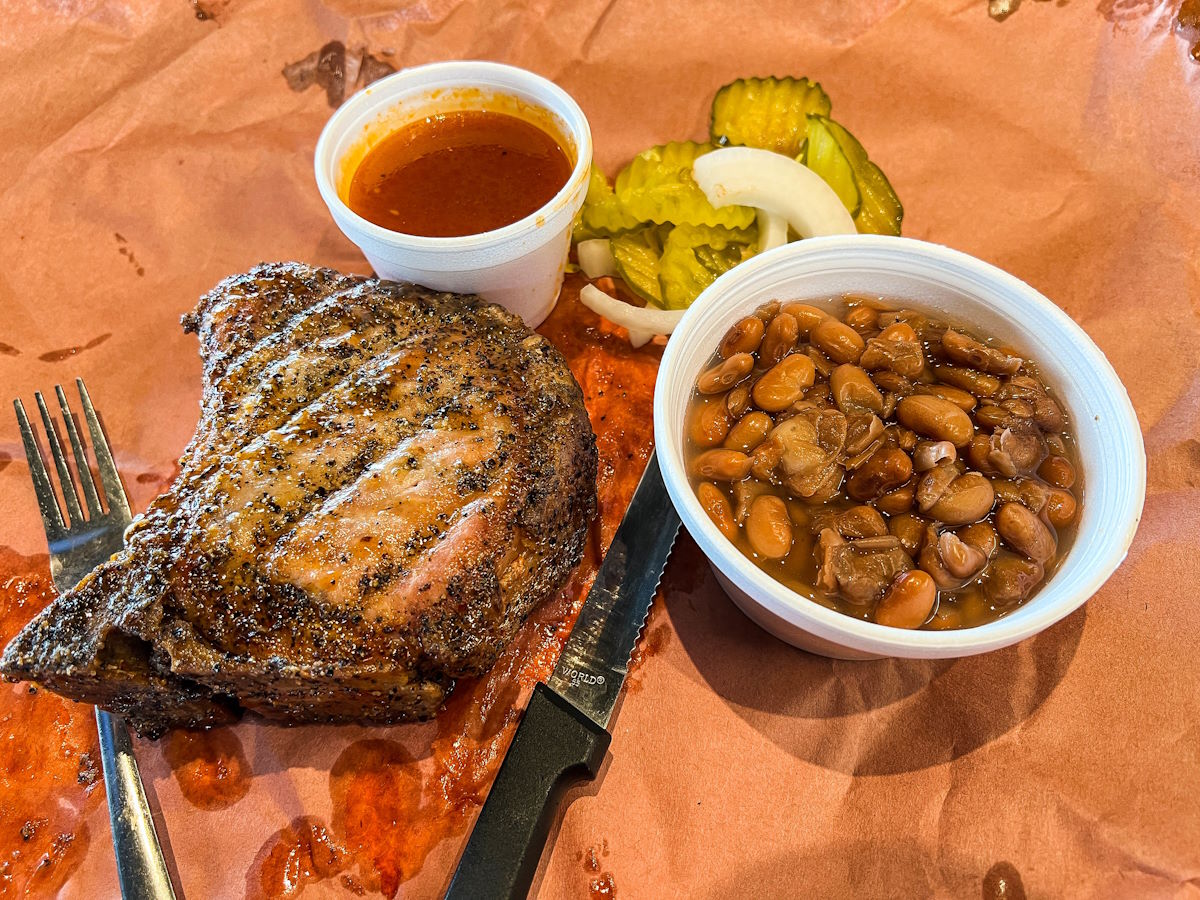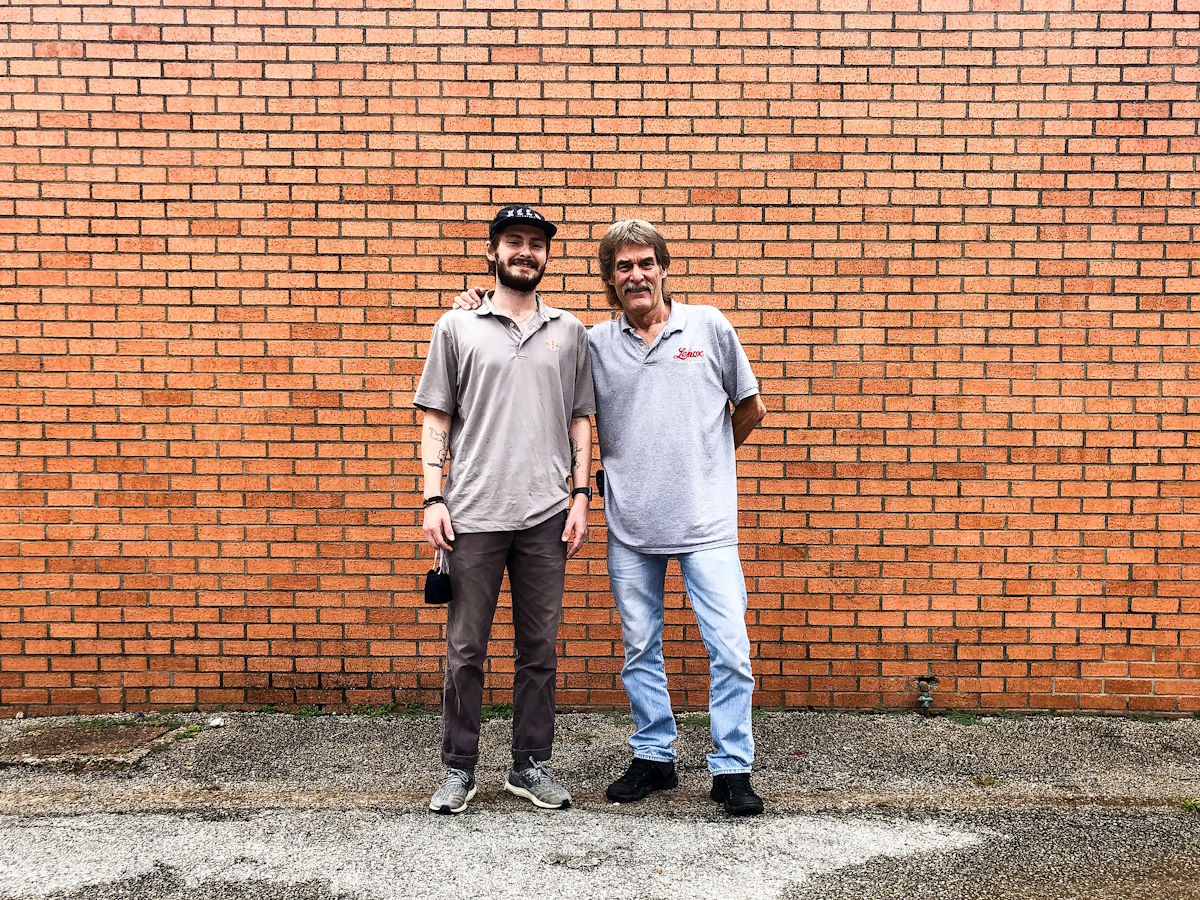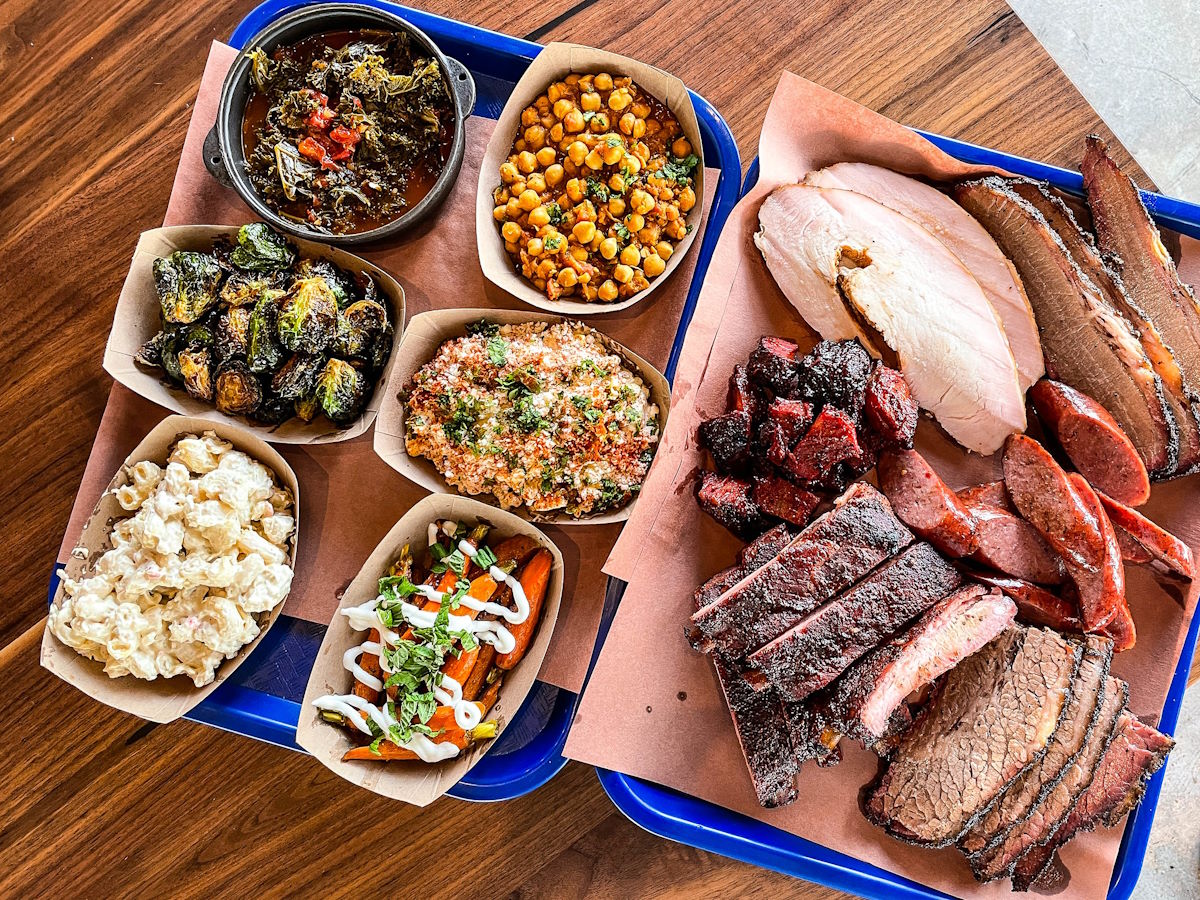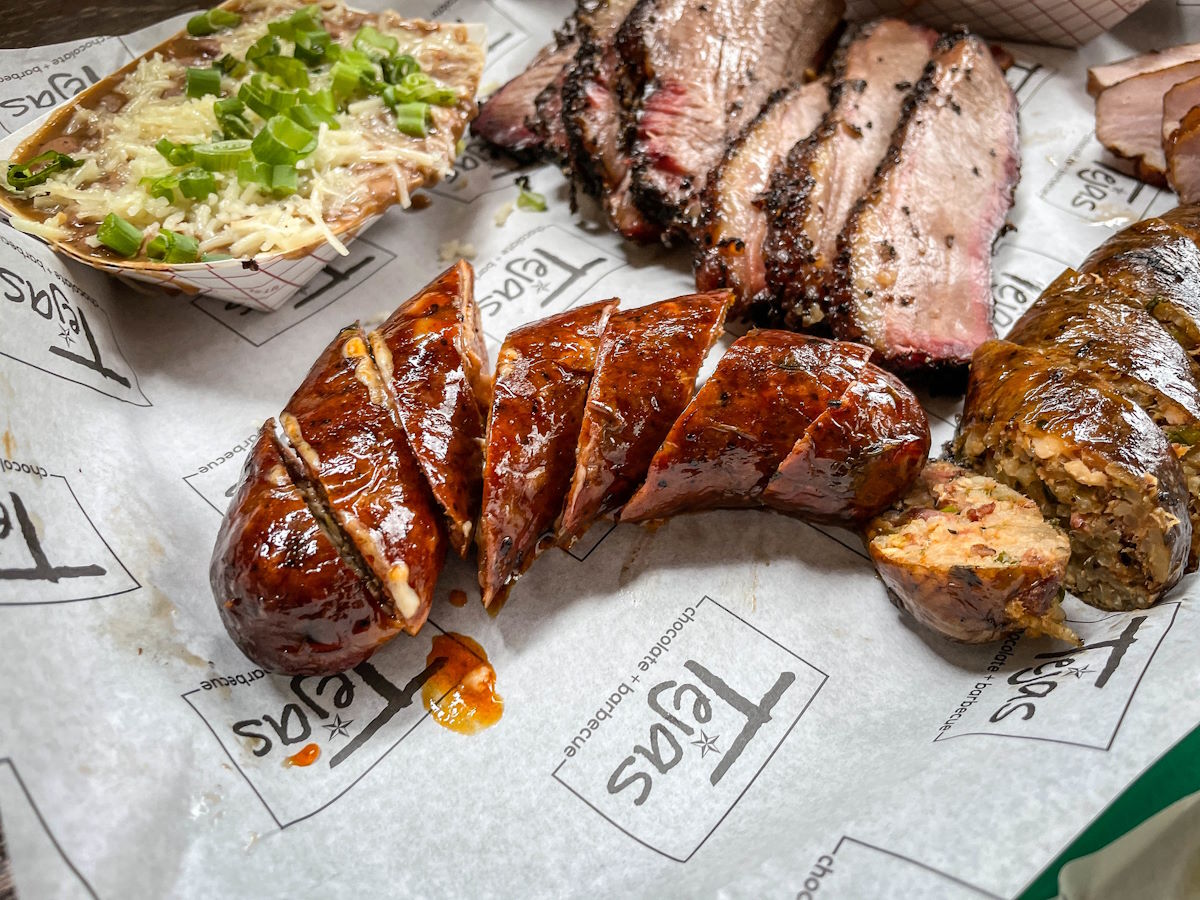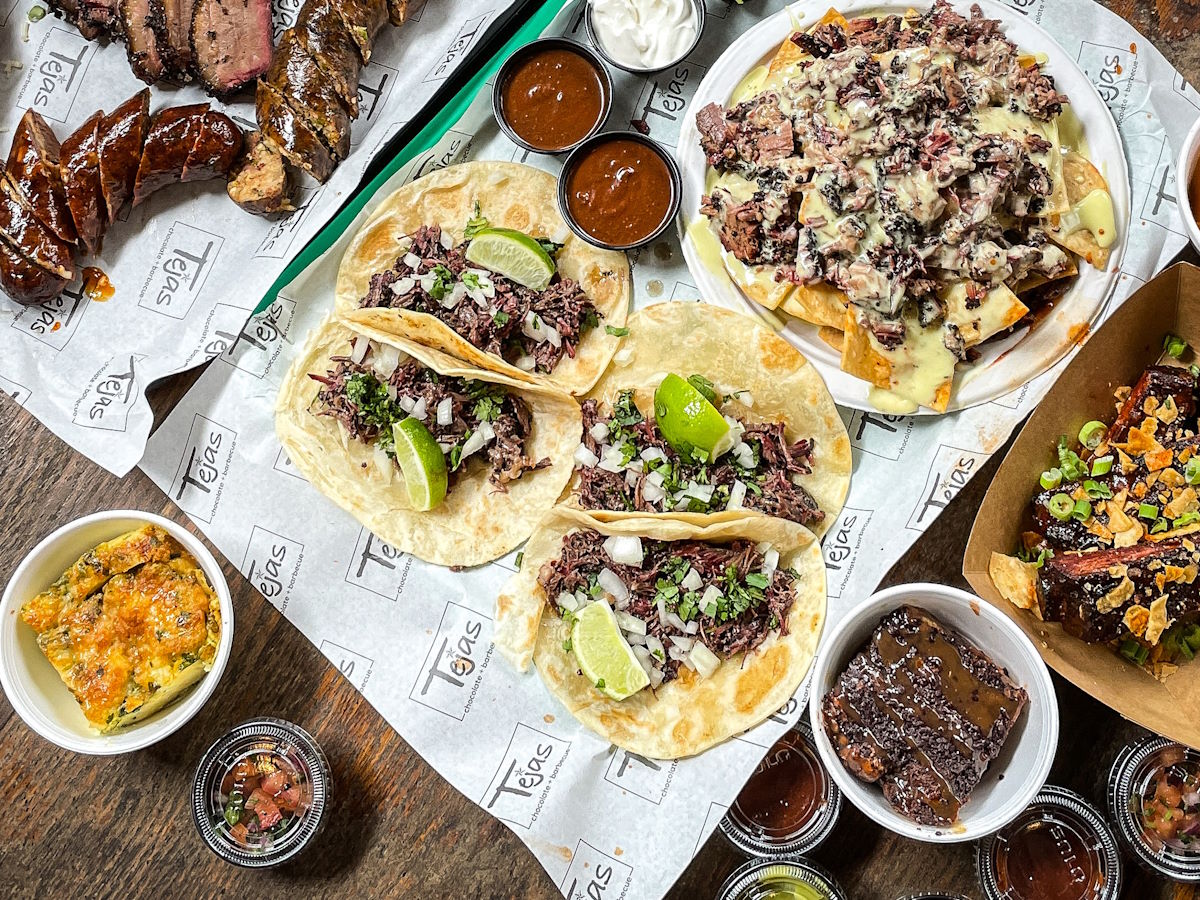
When it comes to cuts of beef in barbecue, there are winners and losers
Over the past two years, Texas barbecue joints have continued to evolve and innovate in response to changing market conditions. For example, pitmasters have experimented with different cuts of beef to supplement the old standbys of Texas barbecue: brisket and beef ribs. Texas barbecue is still very much a meritocracy, and consumers have voted with their pocketbook when it comes to which cuts of beef they want to eat. Based on my own experiences traveling the state, perusing hundreds of menus and tasting as many meals, here are the winners and losers when it comes to the popularity of new cuts of beef you will occasionally see on menus. Let’s
